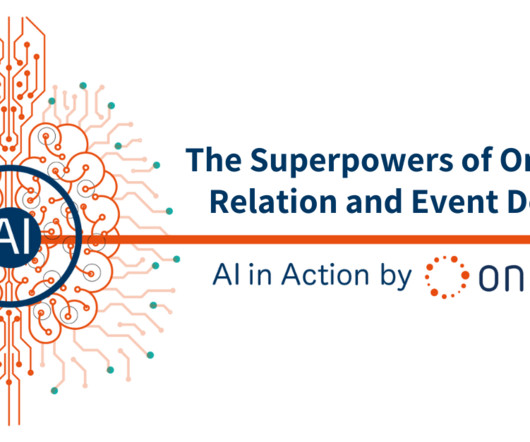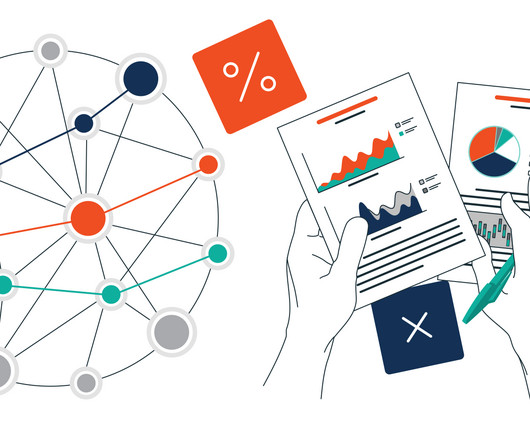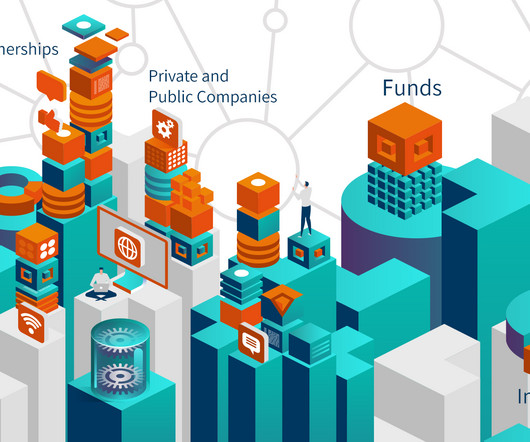Model Risk Management And the Role of Explainable Models(With Python Code)
Analytics Vidhya
DECEMBER 21, 2020
This article was published as a part of the Data Science Blogathon. The post Model Risk Management And the Role of Explainable Models(With Python Code) appeared first on Analytics Vidhya. Photo by h heyerlein on Unsplash Introduction Similar to rule-based mathematical.























Let's personalize your content